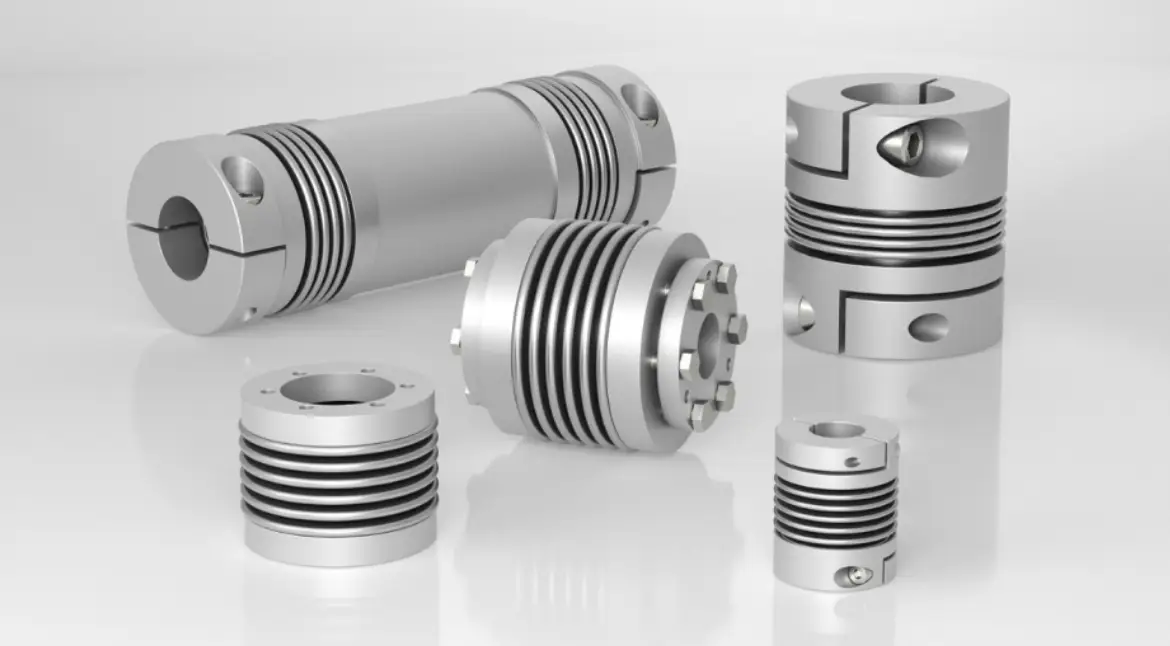What is the Purpose of a Flexible Coupling?
In the world of mechanical engineering, power transmission systems are the unsung champions behind the industries. Among the components that make these systems run smoothly are bush pin flexible coupling. In a manufacturing plant, or even on an automobile or heavy-duty machine, flexible couplings play a key role in connecting two rotating shafts while damping slight misalignments.
So, what’s the need, and why are they so crucial?
Let’s explain these.
What is Flexible Coupling?
The flexible coupling is a torque-transmitting device between shafts that cannot be properly aligned. The flexible couplings allow for some movement, whether axial, angular, or radial, and accommodate some misalignments. That flexibility is meant to avoid undue stress on the shafts and bearings, which causes wear and tear or even system failure.
Among the most commonly used types is the bushed pin type flexible coupling. This coupling helps absorb shock loads and vibrations, making it ideal for applications where smooth operation is crucial.
The Core Purpose of Flexible Couplings
At heart, flexible couplings are concerned with protection and performance. Here’s what they do:
Misalignment Compensation
No installation is perfect. Even the best-aligned shafts will experience very slight misalignments due to operational loads, thermal expansions, or manufacturing tolerances. Flexible couplings accommodate the different allowances, thus preventing possible damage.
Shock and Vibration Absorption
Slowly developing or sudden changes in load and speed application are included. The bushed pin-type flexible coupling absorbs the impact on the motor and driven equipment, resulting in decreased noise and increased equipment lifespan.
Torque Transmission
A flexible coupling should be able to transmit torque, but in this work, its flexibility is secondary. Whether it’s a gear coupling or a disc coupling, they must provide one basic functionality: uninterrupted torque transmission.
Overload Protection
They buffer against mechanical failures or overloads, thus minimising damage in the case of such incidents, which is very useful for systems where downtime costs quite a lot.
Exploring Different Types of Flexible Couplings
While flexible couplings maintain many similarities, they differ greatly depending on the application.
Bush Pin Flexible Coupling/Bushed Pin Type Flexible Coupling
These are well-liked and primarily used in industry due to their simplicity and capability. Limited flexibility offered by pins and rubber or synthetic bushes creates interfacial wear. The bushings absorb shock and vibrations when those torques are transmitted in operation.
Gear Coupling
As its name implies, the coupling transmits torque using gears. Gear couplings are designed for high-torque applications and can withstand considerable amounts of misalignment. They are, therefore, used in heavy machines and power transmission applications.
Disc Couplings
Disc couplings consist of thin, flexible metal discs which accommodate misalignment without requiring any lubrication. They have very high efficiency and are widely used in applications that require precision, along with reduced maintenance.
Though each type offers unique benefits, they all come with one common aspiration: to provide smooth and safe operations for connected equipment.
Applications of Flexible Couplings
Flexible couplings find various applications ranging from automotive, aerospace, manufacturing, and power generation. For example, conveyor belt pumps, turbines, and small compressors ‘ small components improve performance and reliability with a vast difference.
The Bushed Pin-Type Flexible Coupling is mainly found in pump sets and compressors, whereas gear couplings are preferred in steel mills and other heavy-duty applications. The disc coupling, on the other hand, is often used in high-speed applications such as turbines and blowers.
Final Thoughts
Flexible couplings may not be the most flattering part of a machine, but they are essential. Every one of Bush Pin Flexible Coupling, Gear Coupling, and Disc Coupling comes with unique advantages that are beneficial for various applications. The ability of flexible couplings to compensate for misalignment, absorb shocks, and protect the equipment makes them essential in every industry.
Thus, properly selecting a flexible coupling not only enhances machine performance but also extends the machine’s life, saving time, money, and a lot of mechanical headaches.
Also read: Pin and Bush Coupling: A Comprehensive Guide




